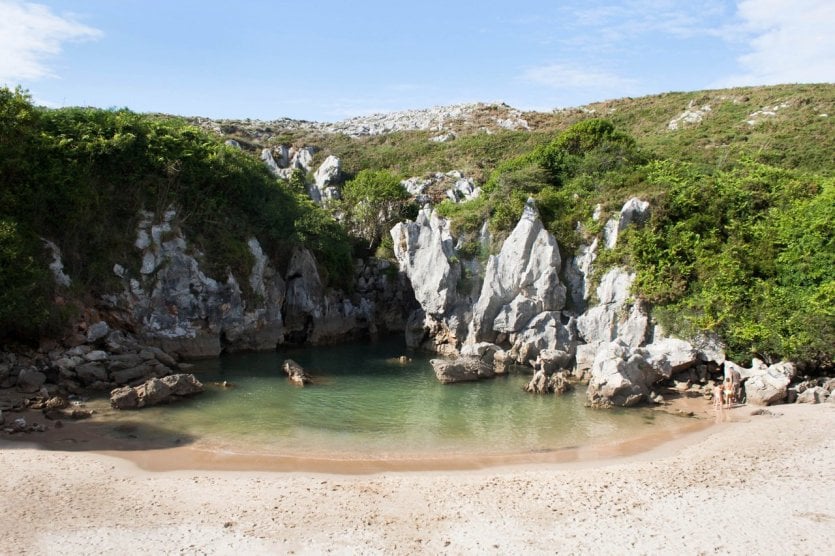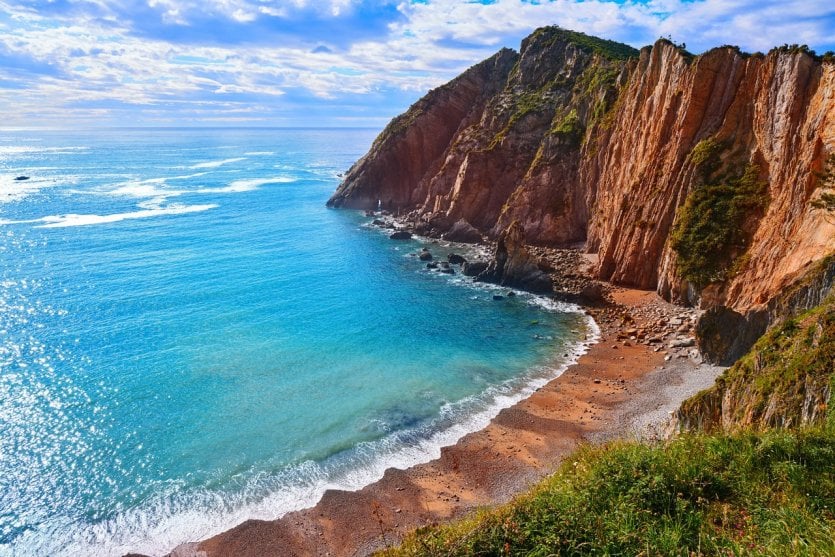
Holidays in Spain are often associated with Barcelona, Madrid or Seville. However, some regions that are still unknown are equally worth a visit. Among them is the Principality of Asturias, in the northwestern part of the Iberian Peninsula. Bordered by the Cantabrian Sea, this region has more than 200 beaches and countless fishing villages along a still wild coastline where swimming opportunities are endless. Between sea and mountains, Asturias is also a paradise for hikers who discover its territory and nature along the many paths that cross its protected natural parks. As for heritage, the region is not to be outdone, thanks in particular to Oviedo and its unique pre-Romanesque architecture. Here are ten essential stops to discover Asturias, the most secret region of Spain
Gijón, capital of the Costa Verde
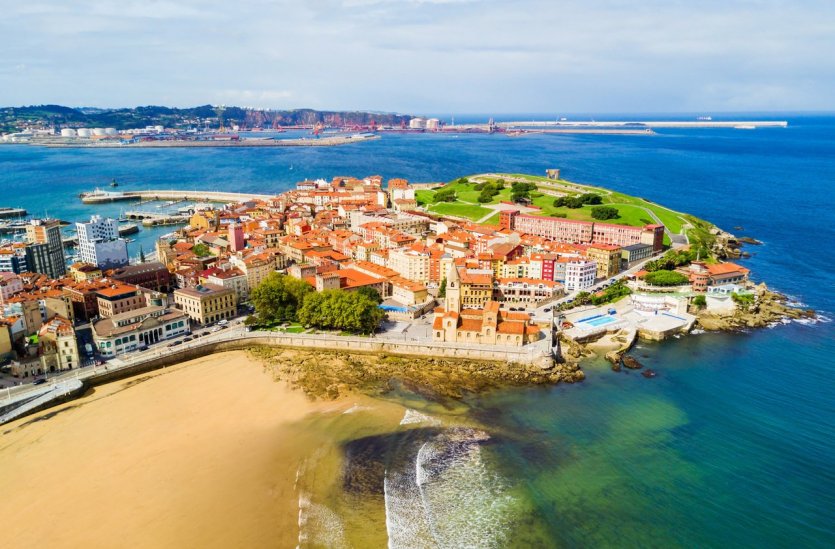
Formerly a small fishing port, Gijón is now the most populated city in Asturias. Dynamic, Gijón has many museums that bear witness to the history and culture of the region, such as the Museo del pueblo de Asturias or the Museo casa natal de Jovellanos, dedicated to 19th and 20th century Asturian art. Its picturesque fishing district, located on the Cimadevilla peninsula, is worth seeing. As for the beach of San Lorenzo, it is very pleasant on sunny days, when it is adorned with colourful cabins that give it a certain elegance.
Ribadesella, along the river
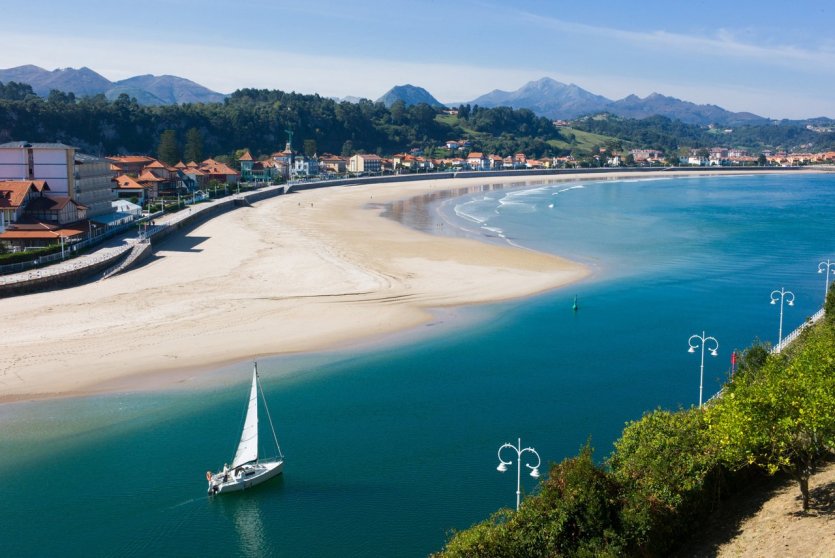
Located at the mouth of the Sella river, Ribadesella is celebrated every first Saturday in August when the canoe/kayak race that runs along the river from Arriondas arrives. More than a sporting competition, the "Fiesta de las Piraguas" has become a festive and popular event known throughout Spain. The bridge that marks the arrival of the race divides the city into two parts: the old town and its medieval architecture and the new town with its more modern buildings. Do not miss the Tito Bustillo cave, one of the many rock beauties of Asturias
Oviedo and its pre-Romanesque architecture
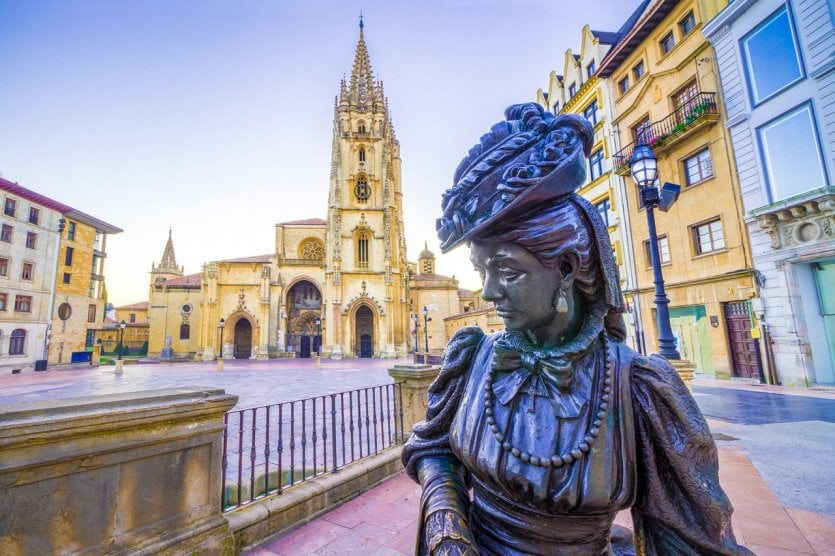
The capital of Asturias has a charming historic centre dominated by its remarkable San Salvador de Oviedo Cathedral. From its Gothic bell tower to its Baroque altarpiece, this cathedral is a true masterpiece. Its "cámara santa", holy room, is a brilliant example of the pre-Romanesque architecture classified as a UNESCO heritage site, which dominates in and around Oviedo. Not far from the cathedral, the Foncalada fountain and the church of San Julian de los Prados also stand out as brilliant representations of this unique style
Picos de Europa National Park, a biosphere reserve
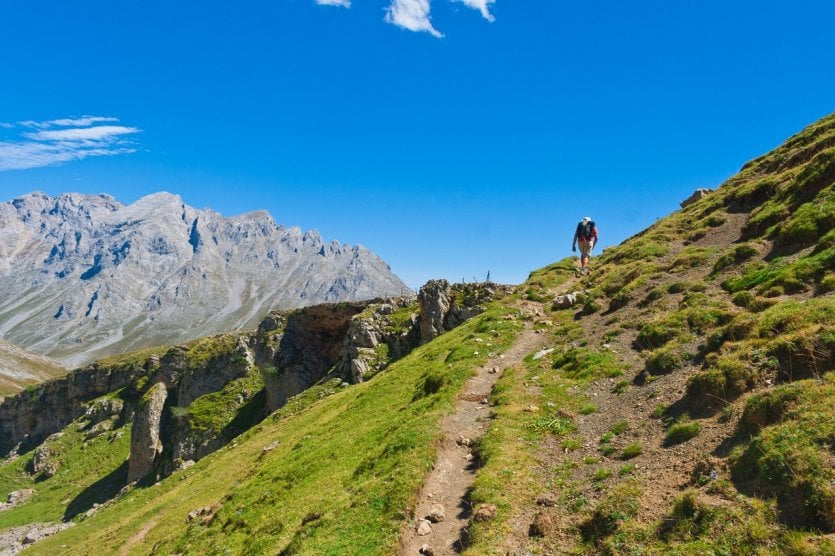
Cudillero, a step on the sea
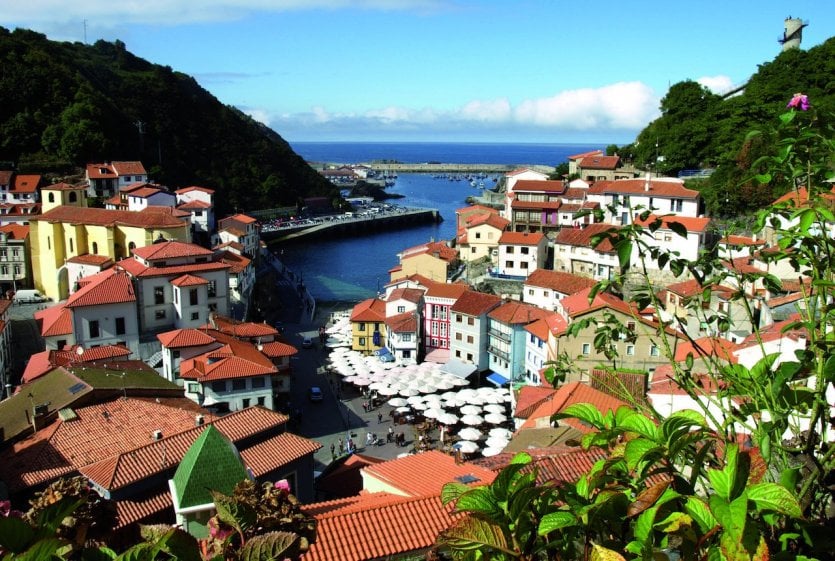
Cudillero's colourful houses, hung on the side of cliffs, seem to plunge straight into the sea. This small village has a very active fishing port where you can buy your fish directly from the fishermen on the seaside. The centre of Curdillero is a charming labyrinth of alleys and stairs leading to the different houses that seem to be built on top of each other. Very popular in summer, Curdillero is one of the main seaside resorts on the Asturian coast.
The cueva del Pindal and the underground riches of Asturias
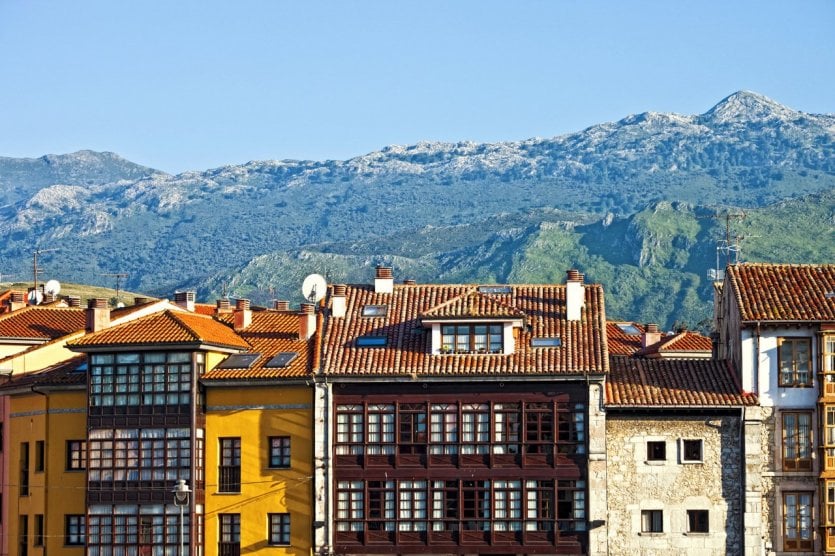
Asturias is home to more than 6000 caves dug in the Cantabrian mountain range during prehistoric times. Among them, the cueva del Pindal de Llanes, at the mouth of the Cares-Deva River, is a UNESCO World Heritage Site. 600 m long, you can visit its first 300 m, dotted with paleolithic cave paintings made more than 10,000 years ago. Red or black, these drawings represent motifs nowadays abstract or animals.
Asturian gastronomy, a tasty journey

Between land and sea, there are many culinary specialities in Asturias. The most typical dish is certainly the fabada, a kind of cassoulet made with faba, local beans, chorizo, black pudding, bacon and several types of meat. Invigorating, it will be necessary to accompany this cider dish, the local drink. To finish the meal, we melt for a casadiella, a delicious nut pastry.
La playa del Silencio, jewel of Asturias
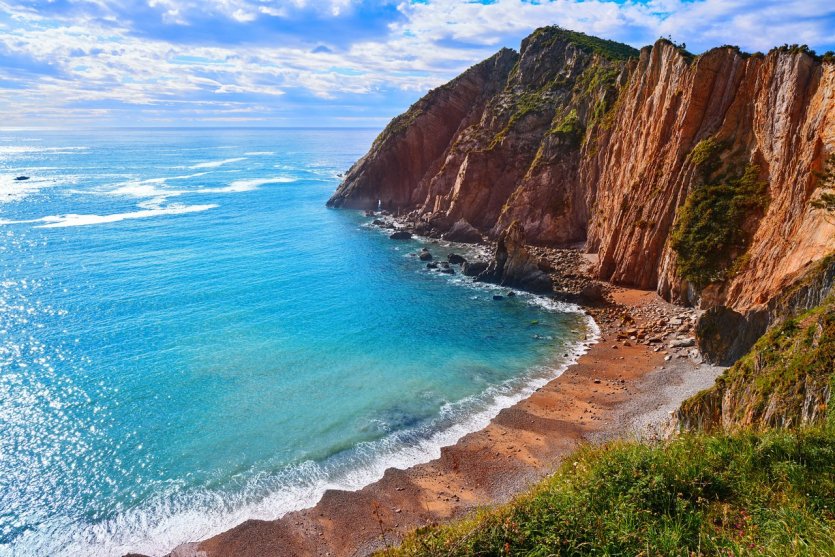
Not far from Cudillero, the beach of Silencio is surrounded by high cliffs to which it owes its name: these natural borders shelter it from the wind, so there is a relaxing silence. The transparent and calm water also clearly contributes to the charm of this site. Playa del Silencio is often cited as one of the most beautiful beaches on the Spanish coast. It can only be reached by foot from Castañeras
Avilès, between history and modernity
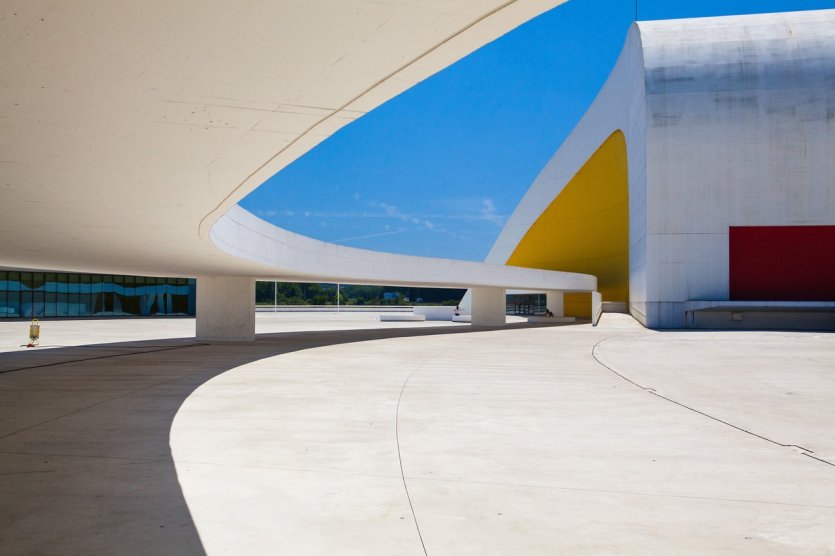
The city known as Northern Athens has managed to preserve its former jewels while opening up to modernity, thanks in particular to the Niemeyer Centre, a futuristic cultural space. Designed by the architect of the same name, this establishment gave Avilès a new lease of life in 2011 by offering exhibitions, conferences, but also a very beautiful panoramic view of the entire city. Avilès also houses renowned historical monuments such as its two Romanesque churches - San Nicolás de Bari e Sabugo - as well as a very pretty historic centre surrounded by medieval arcades
Gulpiyuri beach, an extraordinary siteWe
